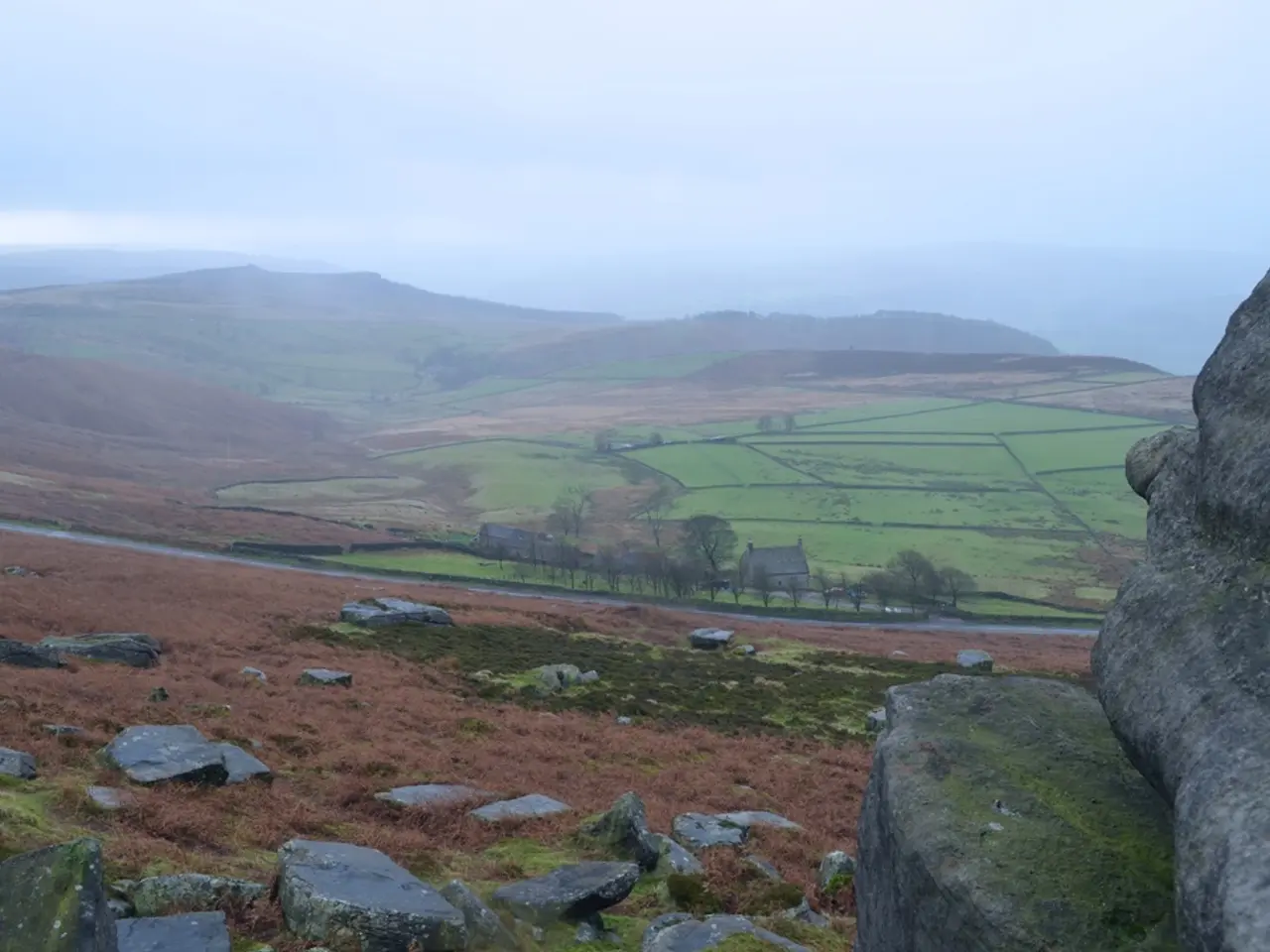India's Arunachal Pradesh Prepares to Label itself as the Nation's Orchid Capital, Announces Eco-Tourism and Cultural Initiatives
In the heart of northeast India, Arunachal Pradesh is embarking on an exciting journey of transformation, with a focus on eco-tourism, rural empowerment, and economic sustainability. This strategic approach aims to position Arunachal Pradesh as a destination where travellers not only witness beauty but understand, engage with, and celebrate it.
One of the key initiatives underway is the conservation and community-based wildlife protection in and around Mouling National Park. This integrated program encourages local communities to participate in park protection, with SMART patrolling, signage, and biodiversity recovery efforts. Mouling National Park, renowned for its intact primary forests and rich bird diversity, is being developed as a core eco-tourism site, appealing to wildlife enthusiasts, birders, and trekkers.
Another significant development is the empowerment of indigenous communities through tribal-led tourism. Arunachal Pradesh is creating a tourism blueprint that places tribal communities at the heart of eco-tourism, empowering them as direct beneficiaries and custodians of their cultural heritage. For instance, the Nyishi tribe is at the forefront of this movement, with plans for community-operated eco-resorts and homestays emphasizing traditional aesthetics combined with modern training.
The Yomgo river ecosystem in the Shi-Yomi district is also being developed for sustainable tourism, closely linked with the Galo tribe's cultural identity and livelihoods. Tourists can engage in traditional fishing techniques, observe riverine wildlife, and participate in adventure activities like white-water rafting, all while respecting biodiversity and supporting local economies.
Arunachal Pradesh is also capitalizing on its global biodiversity hotspot status, promoting species such as the red panda and snow leopard to attract nature lovers and wildlife enthusiasts, thus complementing conservation goals by fostering awareness and appreciation through responsible tourism.
In addition to these initiatives, the state government is planning to develop integrated tourism circuits that connect key ecological and cultural attractions. One such attraction is Anini, a hidden gem in Arunachal Pradesh, which is being highlighted as a key attraction in the state's eco-tourism initiatives.
Moreover, Arunachal Pradesh is aiming to be branded as the 'Orchid Capital of India' due to its high orchid diversity, housing over 600 orchid species, the highest in the country. The development of these tourism circuits aims to offer visitors an enriching travel experience, blending adventure, spirituality, and cultural immersion.
These initiatives embody a holistic vision where biodiversity conservation, preservation of indigenous traditions, and rural community empowerment are integrated to create sustainable eco-tourism that benefits local people while protecting their natural and cultural heritage. The state government's aim is to transform Arunachal Pradesh into one of the country's leading eco-cultural destinations, attracting nature lovers, botanists, and travellers alike.
References: [1] Integrated conservation and community-based tourism strategies in Arunachal Pradesh. (n.d.). Retrieved from https://www.wildlifewindow.org/our-work/projects/india/arunachal-pradesh/ [2] Tribal-led tourism in Arunachal Pradesh: Empowering indigenous communities. (n.d.). Retrieved from https://www.tribaltravel.com/blog/tribal-led-tourism-in-arunachal-pradesh-empowering-indigenous-communities [3] Sustainable rural tourism along the Yomgo River. (n.d.). Retrieved from https://www.environmentalexcellence.org/projects/sustainable-rural-tourism-along-the-yomgo-river [4] Promotion of wildlife tourism in Arunachal Pradesh. (n.d.). Retrieved from https://www.wildlifeindia.org/arunachal-pradesh-wildlife-tourism/
In this endeavor, tourists are invited to explore community-operated eco-resorts and homestays of the Nyishi tribe, immersing themselves in traditional aesthetics while contributing to sustainable livelihoods, thereby enriching their travel lifestyle. Furthermore, the conservation efforts in Mouling National Park, with SMART patrolling and biodiversity recovery efforts, provide a platform for travelers to connect with and appreciate the park's rich wildlife and forests.




